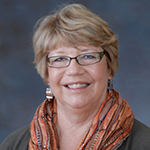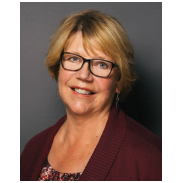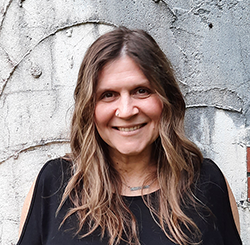
On August 7 Washington voters will narrow the field of candidates in state and federal primary elections to get down to the top two. Washington was one of the first states in the nation to adopt a top two system. The two candidates with the highest vote totals move on to the General Election regardless of party affiliation. The general election is November 6.
Under the top two system, candidates are allowed wide discretion in naming their party affiliation. Most candidates stick with “Prefers Democrat Party ” or “Prefers Republican Party”. But this year others have chosen minor parties or ones that are unique to them: “Freedom Socialist Party,” “Green Party,” “Independent Party,” “Moderate GOP Party,” “Trump Populist Party,” “Progressive Party,” “Neither Major Party,” and “No Party”. Just to name a few.
On the federal level, all ten Congressional seats and one U.S. Senate seat – Senator Maria Cantwell’s seat – are up for election. The retirement of Rep. Dave Reichert has made the 8th District a competitive Congressional seat this year. The 8th district stretches from east King and Pierce County across the Cascades and includes Chelan and Kittitas Counties. Dino Rossi is the leading Republican in the race and there are three Democrats vying for the other spot—Shannon Hader, Jason Rittenreiser, and Kim Schrier.
In the 5th District on the east side of the state, long serving Rep. Cathy McMorris Rogers is in a tough race against Democrat opponent, Lisa Brown. Ms. Brown is a former state senator and well known in the Spokane area. The 5th District runs along the eastern edge of the state, covering 10 counties from the Canadian border to the Oregon border. Rep. McMorris-Rogers is part of the House Republican leadership team.
On the state legislative level, the Democrats control both the House and the Senate by slim margins. The Democrats in the House have a two-vote advantage with a 50 to 48 split. The Senate Democrats are in control by only one vote, 25 to 24. The Democrats gained control from the Republicans in 2018 when a Democrat won the special election to fill Senator Andy Hill’s seat. Senator Hill succumbed to cancer in 2016. Dino Rossi filled in for him in the 2017 session.
All 98 House members are up for election this year. Fourteen current members have decided not to run again. Of the 14, four are Democrats, all from relatively safe Democrat districts. Ten are Republicans, a few of them from swing districts. Two notable members are departing. Judy Clibborn, Democrat from Mercer Island and Chair of House Transportation, and House Republican Leader Dan Kristiansen from Snohomish County have both decided to retire.
Twenty-four of the 49 Senators are up for election this year. Of the 24, three Senators are not returning. Seattle Senator Sharon Nelson, Democrat Majority Leader, is among them. Her retirement opens up the top spot for another Democrat, assuming they retain control. There are at least five Democrat senators rumored to be interested in the Majority Leader job.
There are some interesting races to watch that could affect the balance of power in the House and Senate. The House Republicans have to retain both open House seats in the 25th (Puyallup and Pierce County) and the open seat in the 18th District (east Vancouver). House Republicans are going on the offense in districts along the coast and in the urban fringe around Puget Sound, hoping to flip some of these Democrat districts. In the Senate the Republicans need to win one seat now held by a Democrat. Since most of the Democrats who are up are from safe districts, that one seat could be challenging to get.
Regardless of which party controls, it is likely there will still be narrow margins in both the House and the Senate. Don’t forget to vote in the primary on August 7.



